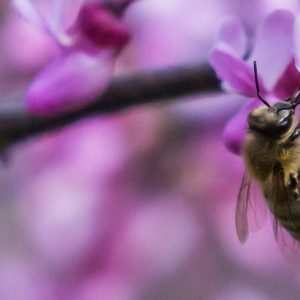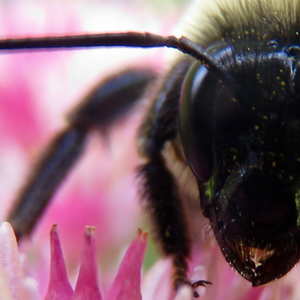Attract Pollinators to Your Garden!
Wow! Look at that little…hummingbird…fuzzy butterfly…bee? You’re close! Try Hummingbird Moth!
Once you’re done scratching your head in disbelief at this bizarre, seeming-cross between a bird and an insect, you’ll want to know exactly what can be done to keep these fascinating creatures around your backyard landscape!
Scientifically, the Hummingbird (Clearwing) Moth is known as Hemaris thysbe and it belongs to the sphinx family of moths. It is often referred to as “Hawk Moth” or “Hummingbird Hawk-Moth.”
The Hummingbird Moth begins as a larvae/caterpillar, munching on the leaves of its favourite plants: honeysuckle, snowberry, hawthorns, cherries and plums. Once it blooms into a fabulous, winged creature, its primary food source is flower nectar – which it sucks from its long proboscis while still suspended in the air, fluttering its wings at a rapid rate.
Top plants that attract these pollinators include:
|
Bee Balm |
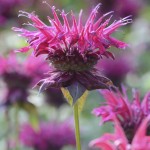 |
| Red clover | 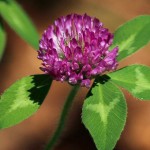 |
| Lilac | 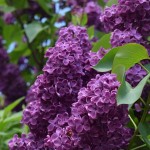 |
| Phlox | 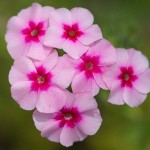 |
| Cranberry | 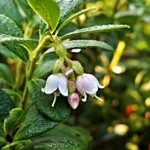 |
| Vetch | 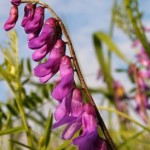 |
To optimize your chances of catching a glimpse of this moth, plant a wide variety of these flowers! In addition, you can help Hummingbird Moth caterpillars construct their cocoons by leaving “leaf litter” (plant residue) around your garden terrain. And please refrain from using chemical pesticides – let’s keep the nectar sweet for our pollinators!
If you are looking to attract all kinds of pollinators, keep in mind that different types (bees, butterflies, birds, etc.) have varying foraging techniques, which corresponds with their flower preferences.
When preparing your garden, consider the following:
- Plant a balanced mixture of open-petal flowers and enclosed-petal flowers – some pollinators can go deep inside to gather pollen and nectar, while others – like the Hummingbird Moth – “hover” over the flower.
- Whenever you can, choose plant varieties that are native to your region.
- Ensure that your flowers bloom during various seasons, so that pollinators will have flowers to visit from spring to fall. If you only plant early-blooming flowers, for instance, pollinator food-stores may be cut short in the fall, when they are preparing for winter hibernation.
- Include other features in your garden such as bird houses, bird baths or a shallow, insect-friendly dish that holds water. You should also put rocks and sticks inside these baths or water holder so that they have landing spots when they come in for a drink.
- If you are feeling particularly “experimental,” learn how to construct a home-made beehive using very basic household materials! Stay tuned for our next blog on how to build this beehive!
Let us know about the pollinators you have in your garden this spring through sending a message on Facebook or tweeting at us @NatureCanada!


